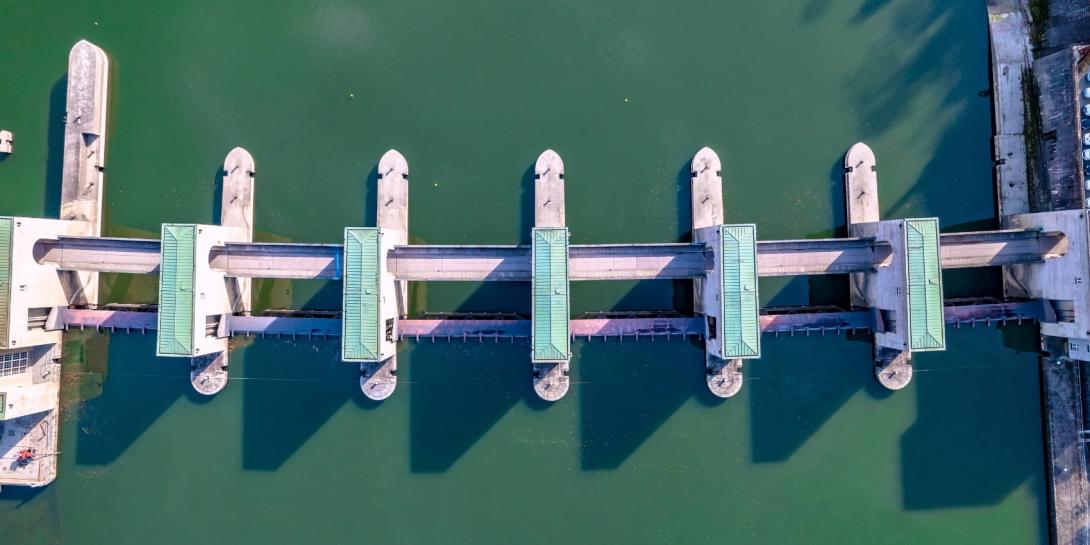

INTELLIGENT ENGINEERING
Hydroelectric power, or hydropower, is a type of energy that has some captivating features. The basic principle of it is to turn the energy from flowing water into useful electrical power. It is a type of renewable energy since the source is water. In the following segments, its applications, benefits, costs, and how common it is around the world are going to be detailed.
How is Hydro Energy Generated?
Hydropower plants are located near water sources like rivers, streams, or lakes. The reason is to ensure that they always have a steady flow of water and that they are able to harness the kinetic energy of the water to be later transformed into electric power with a turbine. The detailed process of it is the following:
- To control the flow of the body of water, there are two main methods used, dams and diversion structures. A dam is built across a river, creating a barrier that blocks the flow and forms a reservoir behind it. This reservoir stores all of the water's energy. Alternatively, diversion structures can be used to channel part of the river's flow to the hydropower facility.
- As the dam or diversion structure regulates the water flow, it gathers potential energy by raising the water level. This higher level results in increased water pressure and speed, which ends up being pressurised water transported through pipes, where the potential energy of the water has transformed into kinetic.
- The kinetic energy of water is captured by turbines when the pressurised water is directed onto them. A set jet of water goes directly into the turbine blades, it exerts a massive force, making the blades spin. This spinning is like the wind turning the blades of a windmill. It is the crucial point where the energy from flowing water turns into mechanical energy.
- The spinning turbine is connected to a generator, a crucial part of the process. Inside the generator, a magnet rotates within coils of wire, following the rules of electromagnetic induction. This results in the generation of electricity.
- The electricity has to be distributed outside of the power plant. This is done with the electrical grid, a vast network that distributes electricity to homes, businesses, and industries. This ensures that everyone who needs electricity gets it, which is crucial for a reliable power supply.
A hydroelectric power station efficiently transforms the potential and kinetic energy inherent in flowing water into useful electrical energy. It exemplifies how nature's power can be harnessed for societal benefit, enabling the creation of a cleaner, more sustainable energy system. The technology provides a renewable and low-carbon means of generating electricity.

Types of Hydroelectric Power Plants
Hydropower turns water into electricity in many ways, making power systems more adaptable and eco-friendly:
- Large Dams: These are big facilities with huge dams that hold a lot of water, creating reservoirs. By carefully controlling the water release through turbines, they generate electricity on a grand scale. One famous example of them is the Hoover Dam, located in Nevada, USA.
- Run-of-River: These plants are unique as they don't require large reservoirs. Instead, they utilise a river's natural flow, diverting just a portion to generate electricity. Their environmental impact is often smaller as the ecosystem is not affected substantially.
- Pumped Storage: These hydropower plants are like energy storage systems. It is used to pump water from a lower reservoir to an upper one in the case of having extra electricity spikes and low demand, passing it through turbines to generate electricity. It is a large-scale way to store energy.
- Offshore Hydropower: This technology harnesses the power of ocean tides and currents to produce electricity. Submerged turbines convert the kinetic energy of water flows into electrical power as they turn. Installation costs can be high, making offshore hydro a relatively new and costly option but one with massive potential for development.
EP engineer Arkar Maw Win authored an insightful article entitled "Riding the Waves of Energy", probing the potential of tidal power and how ocean energy could be sustainably harnessed for electricity generation. His perspectives on offshore hydroelectricity could offer a fresh outlook on its role within renewable energy sources. Win's piece highlights the prospects of this emerging technology to tap the seas' renewable power.
You can read his article here.
Benefits of Hydropower:
Hydropower presents numerous benefits, securing its place as an essential component of current energy resources:
- Renewable and Clean: Hydropower primarily involves harnessing the energy within the natural water cycle driven by the sun. It does not produce a significant amount of greenhouse gas, which helps keep the air clean and reduces carbon emissions. It has been essential in reducing greenhouse gas emissions. Using it instead of fossil fuels has saved over 100 billion tons of carbon dioxide emissions in the last 50 years.
- Local Energy Production: This enables areas and nations to produce their own electric power, diminishing reliance on external energy supplies and bolstering energy independence.
- Flexibility: These facilities can rapidly alter electricity production to maintain grid stability. They also provide dependable reserve power during significant power cuts.
- Job Creation: The hydropower sector supports employment across various fields, mainly benefiting the countryside communities where these plants are commonly situated.
- Multipurpose Infrastructure: Hydropower facilities do more than generate electricity. They also help with flood control, support irrigation systems, and provide clean drinking water to nearby communities.
- Affordability and Longevity: These plants give us low-cost electricity, and their infrastructure lasts a long time. While building these plants could be expensive, over the years, it pays off. Additionally, the equipment used often runs for a long time without needing replacements or major repairs.
- Compatibility to Renewables: Hydropower works well with other renewable sources like wind and solar power. It can store extra energy for when it is needed most.
Costs of Hydroelectric Power Generation
Hydroelectric power generation costs depend on various factors that change from one installation to another. These factors include:
- Initial Construction Expenses: When it is estimating the costs of installing hydro systems, the biggest factor is usually the civil construction work. Sometimes, that can cost even more than the system itself. Depending on the location, it might make sense to repurpose existing structures, while other places might need everything built from scratch. This also includes the construction of the dam, the creation of tunnels, the development of infrastructure, and the transporting of all the equipment.
- Ongoing Operational and Maintenance Costs: Running and maintaining hydropower systems are relatively inexpensive over their lifetimes. The used equipment often lasts a long time without needing replacements or repairs.
- Financial Benefits: The economic perks of hydropower, such as job creation and local economic enhancement, typically surpass the upfront construction costs. These gains are particularly notable in rural regions, which commonly host these installations.
- Cost-Saving Approaches: Careful planning and optimal site selection can curtail building expenses. Utilising pre-existing infrastructures such as bridges or tunnels can result in substantial savings.
- Financial Incentives and Funding Opportunities: In some countries, for non-business owners of renewable energy systems, there is often a reduced Value Added Tax (VAT) rate. Depending on the country, there might be funding opportunities from government sources.
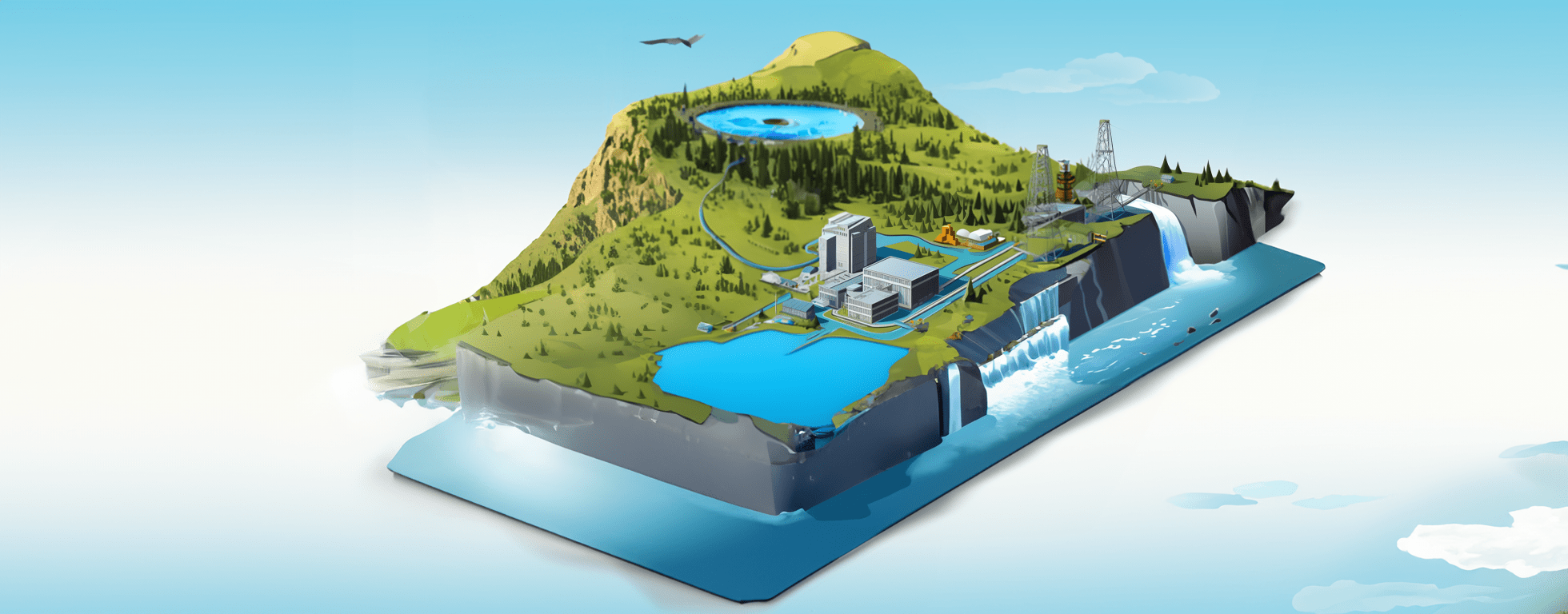
How Common is Hydroelectric Energy Worldwide?
Hydroelectric energy is well-liked worldwide, with an installed capacity of 1360 (GW) worldwide in 2021. Nations such as China, Brazil, USA, Canada, and India have been growing with the implementation, installation and experimentation of this technology. The first country listed leads the way by setting an example and competing with other countries. The percentage of hydraulic power covers a significant portion of their country's energy. According to National Geographic, one shocking fact is that approximately 71 % of all the renewable electricity generated on Earth is from hydropower.
Various factors contribute to the significant growth that is observed throughout these years, one of them is that it works as a complementary energy source. Its compatibility with renewables like wind and solar power is crucial in establishing a diversified and sustainable energy mix. In addition, hydropower's contribution to climate change mitigation cannot be overstated, as it significantly reduces greenhouse gas emissions, aligning with global efforts to combat climate change.
Economically, another contributing factor to its popularity is that hydropower is a low-cost energy producer, offering nations an attractive option for providing affordable and sustainable electricity to their populations. Hydropower is essential in the global quest for cleaner, more efficient, and economically viable energy solutions.
Hydroelectric power generation is an excellent example of combining nature's forces with human creativity and ingenuity to fulfil a necessity without harming the environment. It gives hope in our journey to search for cleaner and sustainable energy solutions. Not only does it help fight climate change, but it also brings a lot of economic and environmental advantages.
References:
- Çengel. “Mecánica de fluidos”. 1 ed. Pg. (172, 180-182)
- Çengel. “Mecánica de fluidos”. 1 ed. Pg. (783-784)
- Hydropower Basics. NREL.
- Hydropower Basics. Energy.gov
- International Hydropower Association. (s. f.).
- Hydroelectric Energy | National Geographic.org
- (2022) Hydropower Status Report | Hydropower.org
María Ribé
EPConsult Energies | INTELLIGENT ENGINEERING
More insights:

Hydrogen Challenges and Solutions
Hydrogen, with a history intertwined with the energy sector for over two centuries, is witnessing a remarkable resurgence, particularly as a renewable energy source in the UK's transition from fossil fuels. As the momentum around hydrogen energy grows, so does the question of its safety. While all fuels inherently pose some risks, hydrogen's unique properties, such as a wide range of flammable concentrations and lower ignition energy, necessitate additional engineering controls and careful material selection.

UK's Electric Vehicle Revolution
In a landmark decision that marked the beginning of the UK's Electric Vehicle (EV) Revolution, the UK government announced in November 2020 the cessation of sales of petrol and diesel-fueled vehicles by 2030, and hybrid vehicles by 2035. This unprecedented shift, aimed at significantly reducing the country's carbon footprint, has set the stage for a monumental transition in the transport sector, which accounted for 24% of the UK's total emissions in 2020.
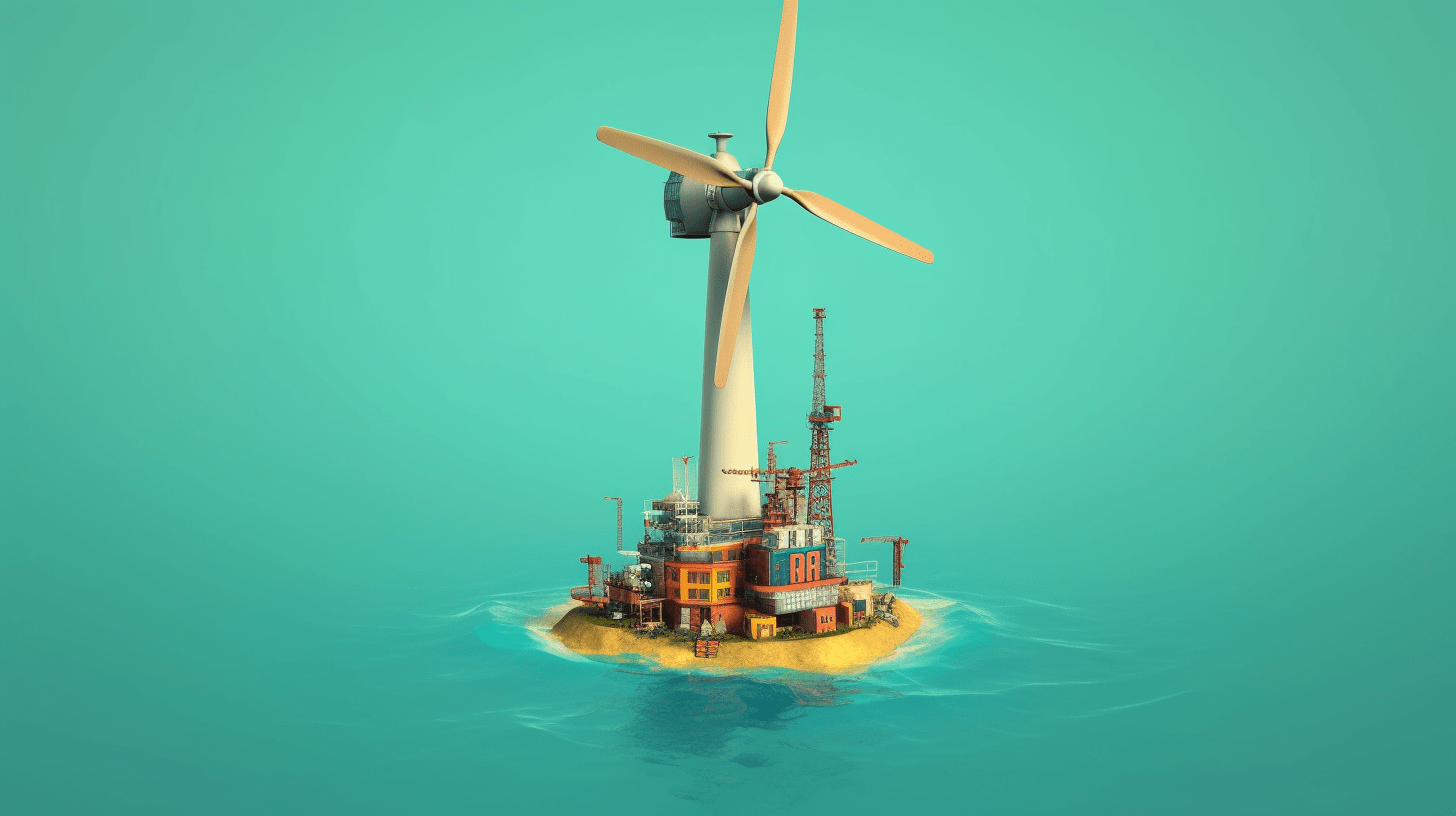
Blowing Away the Carbon
There are several technical and economic reasons that offshore wind power is a viable option for decarbonizing traditional oil and gas production. Firstly, new offshore wind license areas are often located in deeper waters and at greater distances from the coast. Once land is reached, these sites are still far from potential markets. These logistical factors drive up the cost of delivering power to onshore users.
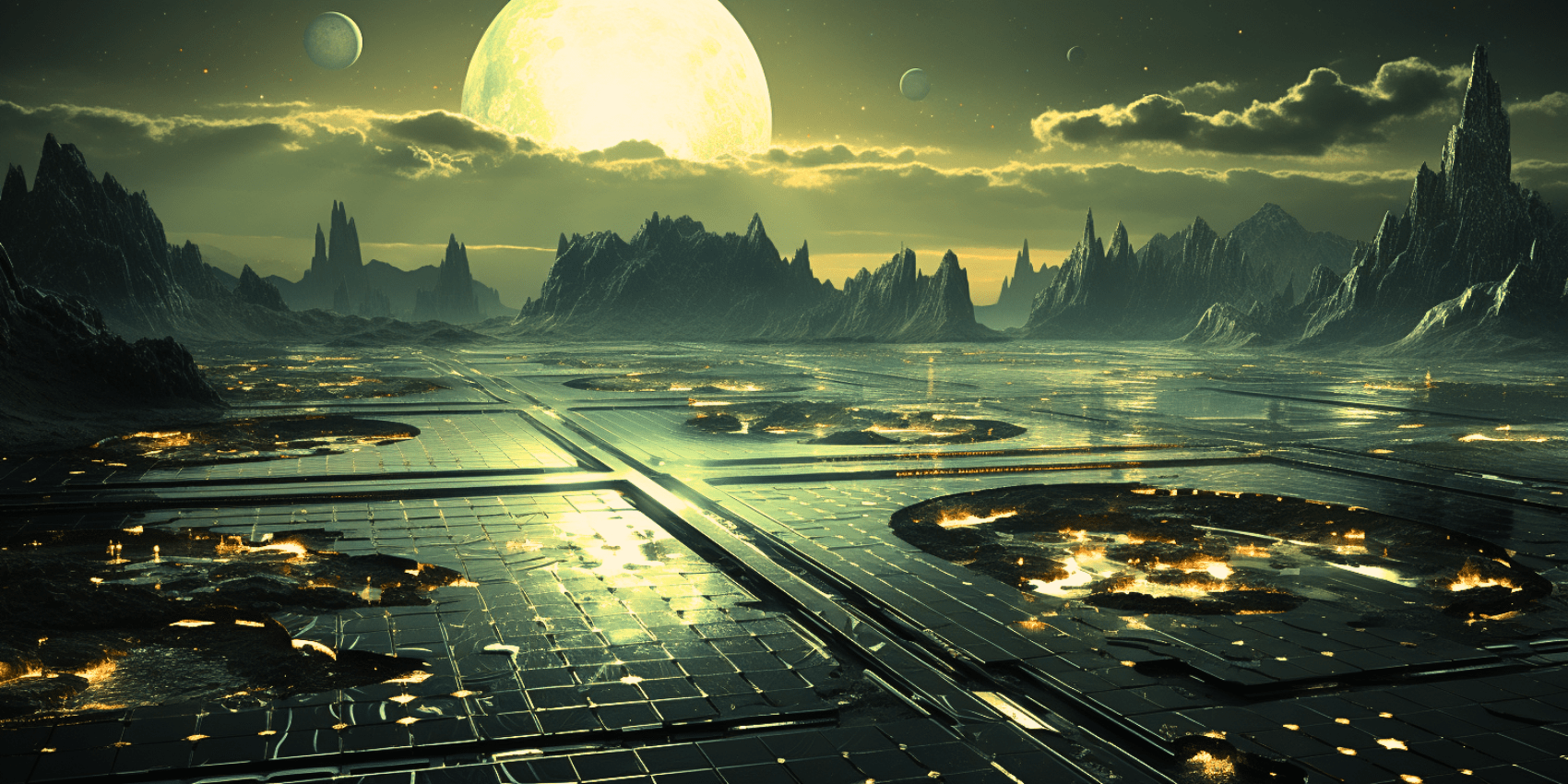
Common Myths About Solar Energy
The myths and misconceptions surrounding solar energy often need to be updated or stem from a lack of understanding of the technology. Solar energy remains efficient in less-than-ideal weather conditions, and while initial costs can be high, the long-term financial benefits are substantial. Furthermore, although the manufacturing process of solar panels does have an environmental impact, the overall effect is far less damaging than traditional energy sources.
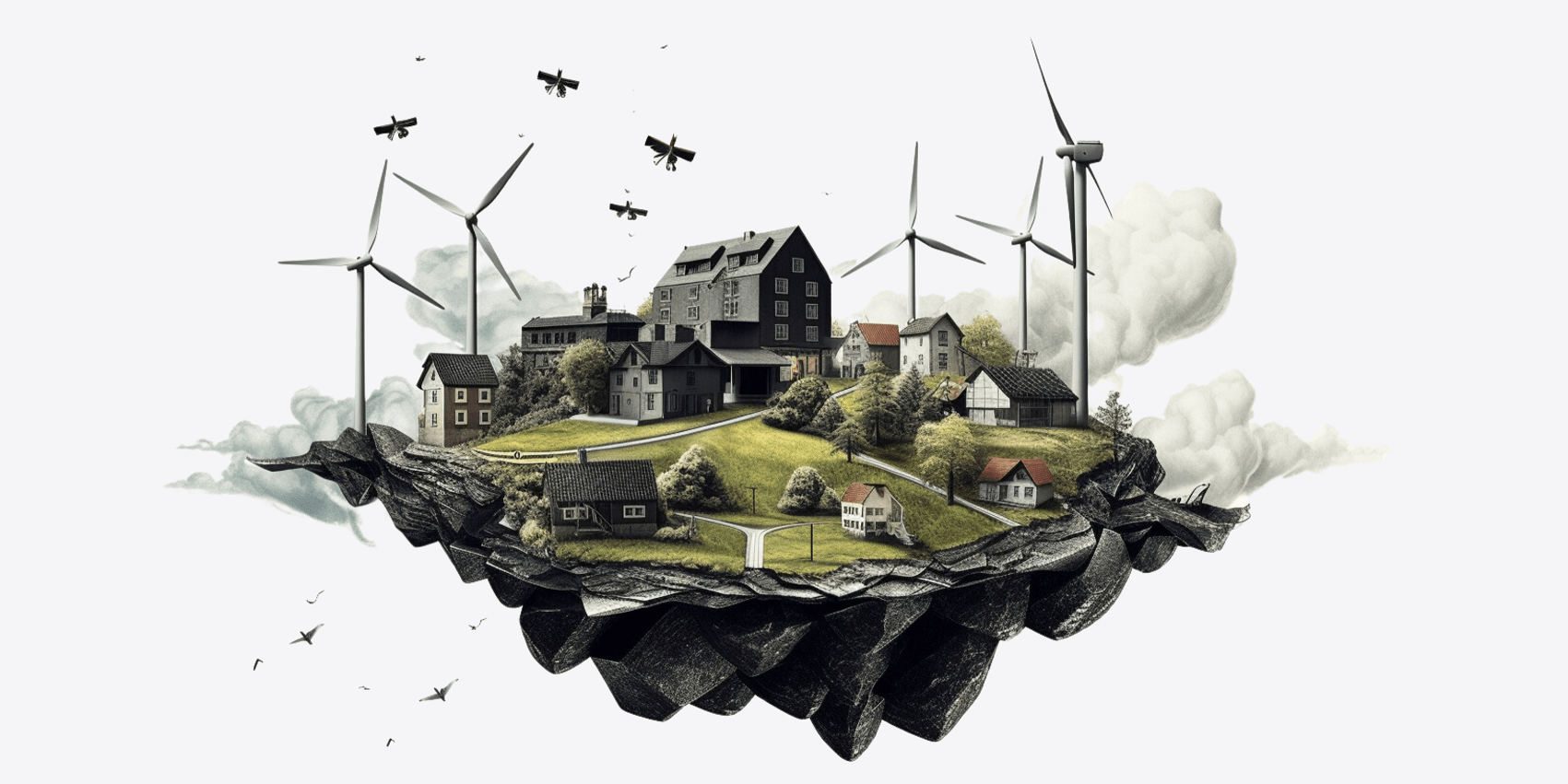
From Coal Mines to Clean Energy
The commitment to net zero has impacted all sectors, promoting the need for low-carbon technologies. Around the UK, a vast number of decommissioned facilities are standing disused in previous industrial hubs, and this will only become more common over the coming years as more and more carbon-polluting facilities are closed. More recently, there has been research and investment on how these sites could be used to develop renewable energy sites.

Riding The Waves of Energy
The ocean is a vast playground of untapped energy. Waves, created by the wind's interaction with the water's surface, hold immense potential. Wave energy, also known as ocean wave power, aims to capture this power and convert it into usable electricity. It's like harnessing the ocean's natural heartbeat to power our world. The energy held within the world's waves is the most significant unused power source on the planet, with the total energy potential globally believed to reach a staggering 30,000 TWh per year. To put this into perspective, that's tenfold the European Union's total annual electricity usage.
- Log in to post comments
